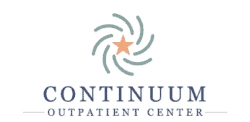What is DMT?
What is DMT? Introduction
What is DMT? DMT, or N-Dimethyltryptamine, is a naturally occurring psychedelic compound that belongs to the tryptamine family. It is also known as “the spirit molecule” due to its intense and profound effects on consciousness.
DMT was first isolated by British chemist Richard Manske in 1931. Its psychoactive effects were discovered in the 1950s by Hungarian chemist Stephen Szára. He conducted self-experiments with DMT. This led to further research on its effects and potential uses.1

Learn More About Ripple Ranch Recovery Center
Differentiation from Other Psychedelics
Examining Similarities and Differences
Natural Origins and Historical Significance
Naturally Occurring DMT in Plants and Animals
Indigenous and Shamanic Use
How is DMT Used for Spiritual Purposes?
Consumption and Administration
Ayahuasca Brew
Smoking and Vaporizing
Intravenous and Intramuscular Injections
In medical settings, DMT may be administered via injections for therapeutic purposes. These methods allow for precise dosing and control of effects. This makes it a promising option for treating certain mental health conditions.
DMT Vape Pens
What is DMT?: Effects on the Mind and Body
Long-term Implications
Psychological Impact
This can lead to psychological challenges such as anxiety, depression, or even post-traumatic stress disorder (PTSD) if not processed and integrated properly.
Physical Health Considerations
What is DMT?: DMT's Impact on Perception and Cognition
Visual Field Changes
Time Perception Distortions
Emotional and Cognitive Influences
Harm Reduction for DMT
What is DMT Harm Reduction?
This approach recognizes that substance use may not always be avoidable. It aims to reduce potential harm through education and practical strategies.
Principles of Harm Reduction
- Educate yourself about the substance and its effects before using it.
- Start with low doses and gradually increase if needed.
- Use in a safe and comfortable environment with trusted individuals present.
- Have a sober sitter or trip sitter present to assist during the experience.
- Avoid using DMT if you have underlying mental health issues such as psychosis, schizophrenia, or bipolar disorder.
- Avoid mixing DMT with other substances, including alcohol and prescription medications.
Goals and Outcomes
- Increased knowledge and understanding of DMT use.
- Reduction in the frequency and severity of negative experiences or “bad trips.”
- Improved ability to make informed decisions about DMT use.
- Decrease in the likelihood of developing problematic patterns or addiction.
Comparing Harm Reduction to Abstinence Approaches
Addressing Problematic DMT Use
Understanding a "Bad Trip"
What is DMT Overuse or Dependency?
- Taking DMT more frequently or in higher doses than originally intended.
- Spending excessive time and money obtaining and using DMT.
- Neglecting responsibilities or relationships due to DMT use.
- Experiencing withdrawal symptoms when not using DMT.
Available Treatment Options
What is DMT Treatment?
DMT treatment typically involves a combination of detoxification, therapy, support groups, and medication-assisted treatment (MAT).
- Detoxification: Detoxification can help individuals safely and comfortably withdraw from DMT, while therapy can address any underlying factors contributing to problematic use.
- Cognitive Behavioral Therapy (CBT): CBT has shown success in treating substance misuse by helping individuals identify and change thought patterns that lead to unhealthy behaviors.
- Integration Therapy: This can also be effective in addressing challenges stemming from psychedelic experiences, helping individuals process and integrate insights gained from the experience.
- Support Groups: Groups such as Narcotics Anonymous or Smart Recovery, can provide a supportive community and resources for individuals in recovery.
- Medication-Assisted Treatment (MAT): MAT involves the use of medications to manage cravings and decrease the risk of relapse. However, it is essential to work with a medical professional to determine the best treatment plan for your unique needs.
Role of Healthcare Professionals

Overcome Substance Addiction with Ripple Ranch
Why Choose Ripple Ranch
- Expertise: Our team of addiction specialists and therapists have extensive experience in treating substance misuse and understand the complexities of psychedelic substances. They are equipped to provide tailored treatment plans that address the specific needs of those struggling with DMT addiction.
- Individualized Treatment Plans: We understand that each person’s experience with DMT addiction is unique, so we tailor treatment plans to meet each client’s specific needs. This individualized approach allows for more effective and personalized care.
- Holistic Approach: At Ripple Ranch, we believe in treating the whole person, not just the addiction. Our approach combines evidence-based therapies with alternative methods such as mindfulness and yoga to promote healing on a physical, emotional, and spiritual level.
- Support: We provide a supportive and non-judgmental environment for individuals to address their addiction. Our team is dedicated to helping clients develop healthier coping mechanisms, manage cravings, and prevent relapse.
Contact Us Today
If you or a loved one is struggling with DMT addiction or any other substance use disorders, know that you don’t have to undergo recovery alone. Our knowledgeable and compassionate Ripple Ranch team is here to help you achieve sustainable sobriety.
Reach out today and begin healing.
Resources
- 1 https://www.ncbi.nlm.nih.gov/pmc/articles/PMC6088236/
- 2https://www.ncbi.nlm.nih.gov/pmc/articles/PMC6107838/
- 3https://www.sciencedirect.com/topics/neuroscience/ayahuasca
- 4https://www.forbes.com/sites/davidcarpenter/2020/02/02/5-meo-dmt-the-20-minute-psychoactive-toad-experience-thats-transforming-lives/?sh=4b84a37e38a1
- 5https://pubmed.ncbi.nlm.nih.gov/25637267/





